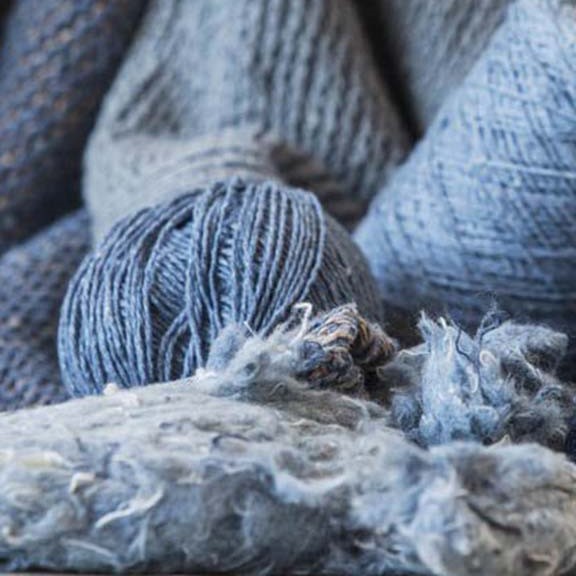Recycling wool is no innovation. It has been used for hundreds of years, for instance, using old jumper thread to knit a new one or to make rugs or military blankets.
Compared to virgin wool, which can be resource-intensive and harsh to animals, recycled wool is more environmentally friendly.
Apart from diverting used wool garments from landfills, it saves a considerable amount of water, reduces land use for sheep grazing, and produces up to 94% fewer CO2 emissions than virgin wool.
Recycling wool avoids animal-unfriendly practices. It is also possible to obtain many different and homogenous colors by mixing colored wool waste, which avoids adding toxic dyes during fabric production.
Recycled wool comes from both pre and post-consumer wastes. The wool wastes are generally scrapped through an easy and low-impact mechanical process.
Recycled Wool belongs to SANE Approved Material List. SANE recognizes the certifications GRS for recycled fibers. For recycled wool not certified GRS, the material production will need to be certified SANE by an accredited certifier.
A product made of at least 90% recycled wool (or blended with other SANE Approved Material) and produced in a facility holding a SANE Scope Certificate is eligible to be certified SANE.
Copy partner: Sustain Your Style; Picture: Soul Wool
Other sources: Patagonia; European Outdoor Group Greenroom Voice, 2018. Recycled Wool – A primer for Newcomers & Rediscoverers
